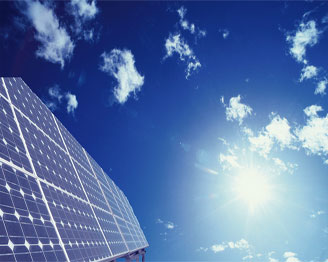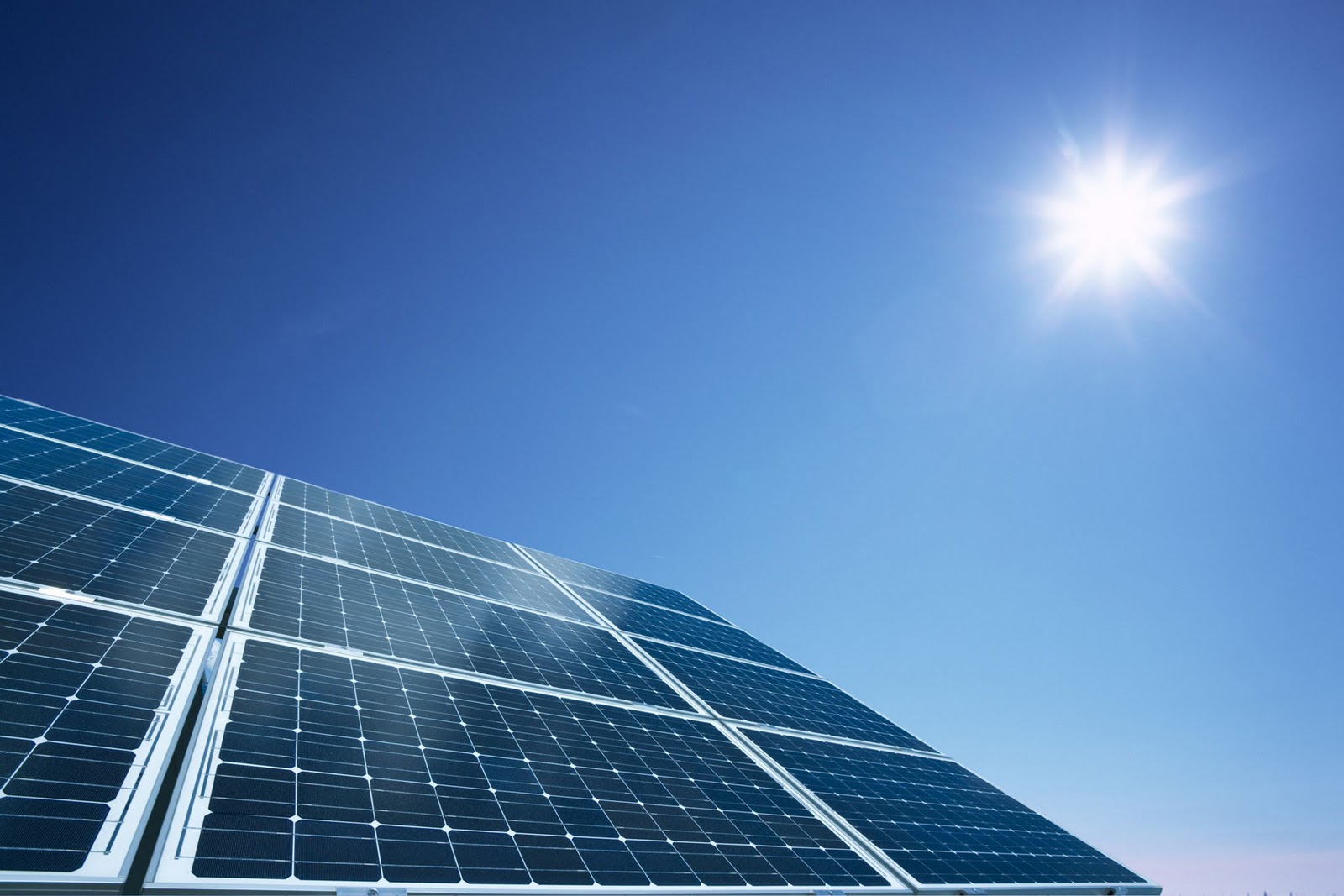Costa Rica News – Solar energy looks set to grow tenfold in Costa Rica if a proposed 10.08 MW plant goes ahead. Last month a company called Desarrollo Solar Nacascolo asked for a public service concession to build the project in Guanacaste Province, in the northwest of the country.
 A source at the Costa Rican Regulatory Authority for Public Services (Autoridad Reguladora de los Servicios Públicos or ARESEP in Spanish) told Solarplaza that the concession had been given approval in principle.
A source at the Costa Rican Regulatory Authority for Public Services (Autoridad Reguladora de los Servicios Públicos or ARESEP in Spanish) told Solarplaza that the concession had been given approval in principle.
If it goes ahead, the Guanacaste plant could be the first multi-megawatt-scale solar project in Costa Rica.
Despite the fact that Costa Rica gets almost 80% of its power from renewable sources, predominantly hydro, solar power’s share of the energy mix has been miniscule until now.
Figures from the Costa Rican Electricity Institute (Instituto Costarricense de Electricidad or ICE in Spanish) show just 1 MW installed in January this year, accounting for just 0.03% of generation capacity across the country.
The capacity is almost entirely attributable to a single plant, Miravalles, which was one of the largest solar projects in Central America when it went live in 2012.
Funded with a grant from Japan and built on the side of a volcano by Chinese manufacturer GeSolar and local firm Greenersys, the project was inaugurated by Costa Rica’s then president, Laura Chincilla, along with the environment minister and the Japanese Ambassador.
In contrast to that high-profile launch, there has so far been little publicity regarding Guanacaste. The developer, San Jose-based Desarrollo Solar Nacascolo, does not appear to have a web presence or a listing in the Costa Rica phone directory.
The company is owned by the Loeb Casanova family, which has interests ranging from banking to real estate. ARESEP filings show Desarrollo Solar Nacascolo received the go-ahead for the Guanacaste project in June 2013. The papers also establish a concession period of 20 years.
According to published reports, the 20-hectare Guanacaste plant will be covered by regulations for renewable energy self-consumption that were introduced in Costa Rica last year, and will sell excess energy to the ICE.
It will be located in Guardia, close to Guanacaste’s capital, Liberia, and connected to the region’s Papagayo substation.
The Guanacaste project signals growing interest in solar across Costa Rica, which so far has been dominated by small-scale rollouts including 4,000 panels for poverty-stricken communities.
Earlier this year, it emerged that the ICE was planning to auction two 5 MW plants as well as building one of its own, also at Guanacaste. These projects are scheduled for 2016. More seem likely to follow as the country strives to meet a target of 100% carbon-free generation by 2021.
“Costa Rica has been successful in the vision and execution of very ambitious goals in terms of its energy mix,” said Alberto Ramírez, head of ICE’s generation business.
“The diversification of its sources, mostly native and renewable, has been the first great success of the national generation system.”
Solar opportunities in Costa Rica and elsewhere in Central America are the focus of the Solar PV Trade Mission Central America & Colombia event this November.
By Jason Deign, Solarplaza

